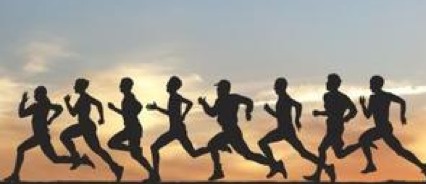Sign up for FlowVella
Sign up with FacebookAlready have an account? Sign in now
By registering you are agreeing to our
Terms of Service
Loading Flow



4. The functional characteristics necessary to maintain life in humans are maintaining boundaries, moving, responding to environmental changes, taking in and digesting nutrients, carrying out metabolism, disposing of wastes, reproducing themselves, and growing. Every living organism must maintain its boundaries so that its internal environment remains distinct from the external environment surrounding it. All cells of our body are surrounded by a selectively permeable membrane. The whole body is surrounded and protected by the integumentary system or skin. Movement includes the activities promoted by the muscular system. It also occurs when substances such as blood, foodstuffs, and urine are propelled through internal organs of the cardiovascular, digestive, and urinary systems. Responsiveness, or irritability is the ability to sense changes in the environment and then respond to them. Because nerve cells are highly irritated and commute rapidly with each other through electrical impulses, the nervous system is most involved. Digestion is the breaking down of ingested foodstuffs into simple molecules that can be absorbed into blood. The nutrient-rich blood is then distributed throughout the body cells by the cardiovascular system. The digestive system performs this function for the entire body. Metabolism is a term that includes all reactions that occur within body cells. It includes breaking down substances into their simpler building blocks, synthesizing more complex cellular structures from simpler substances , and using nutrients and oxygen to produce ATP. Excretion is the process of removing waste from the body. To function properly, the body must get rid of nonuseful substances produced during digestion and metabolism. Reproduction can occur at the cellular or organismal level. In cellular reproduction the original cell divides, producing two identical daughter cells that may be used for body growth or repair. Reproduction of the human organism, or making a whole new person, is the major task of the reproductive system. Growth is an increase in size of a body part or the organism. It is usually accomplished by increasing the number of cells.